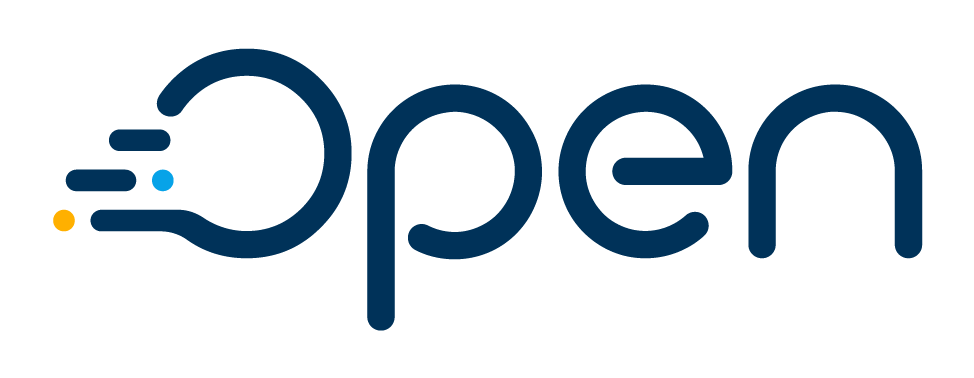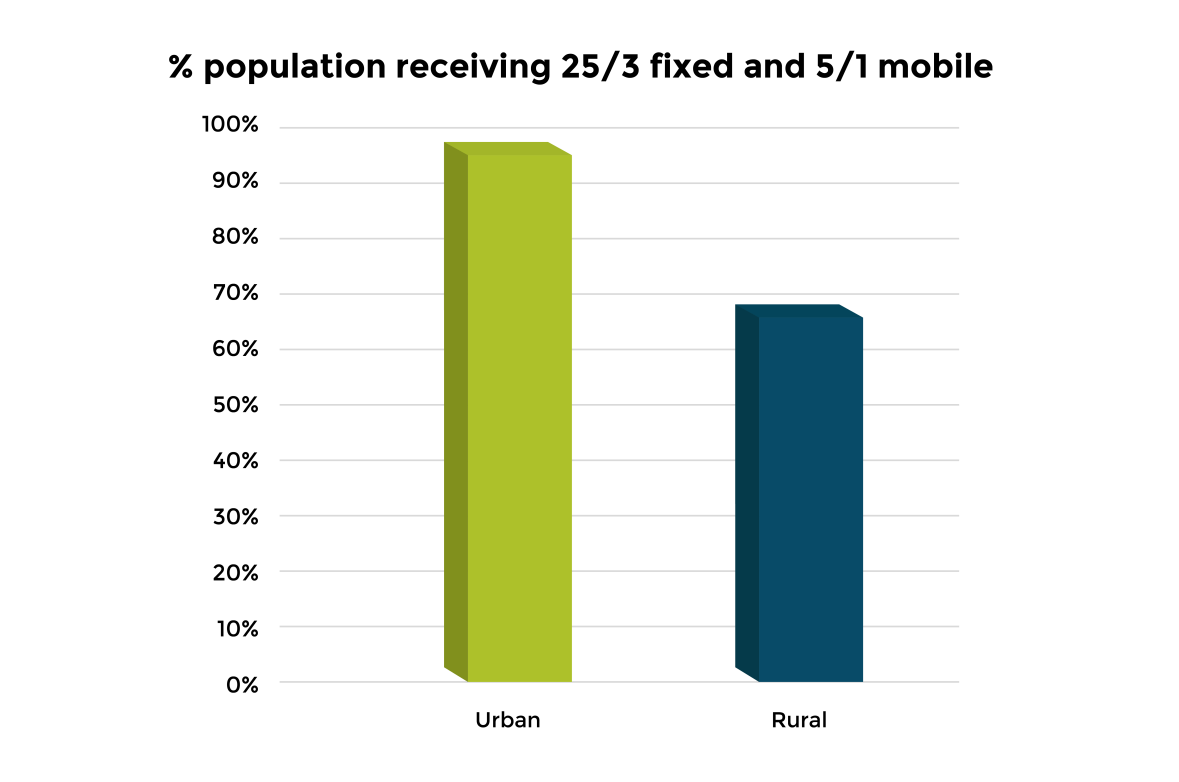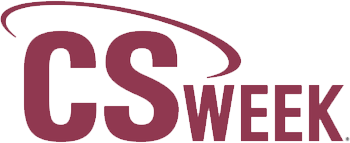Phase two of the Connect America Fund (better known as CAF-II) will release the vital federal funding required to improve broadband access across America. This fund promises to jumpstart the broadband sector with new business opportunities, help closer the urban/rural divide, and bolster America’s world ranking for internet connectivity.
CAF-II will provide $1.98 billion USD over 10 years
The CAF-II auction will assign 1.98 billion dollars in federal support over 10 years. This influx of funds is bound to create a period of growth and opportunity in the telecommunications industry, leading to thousands of broadband infrastructure projects across the country. But before we get into that, let’s have a look at where we are now.
Broadband today in the United States
While the US is widely regarded as the world-leader in the internet sector, surprisingly, we don’t have the world’s fastest internet.
According to the Speedtest global index, the US is currently ranked 9th in the world for download speeds(1)
So, what’s the hold-up? Thanks to FCC’s form 477 data, we have a reasonable picture of where the US is right now in terms of broadband technology.(2)
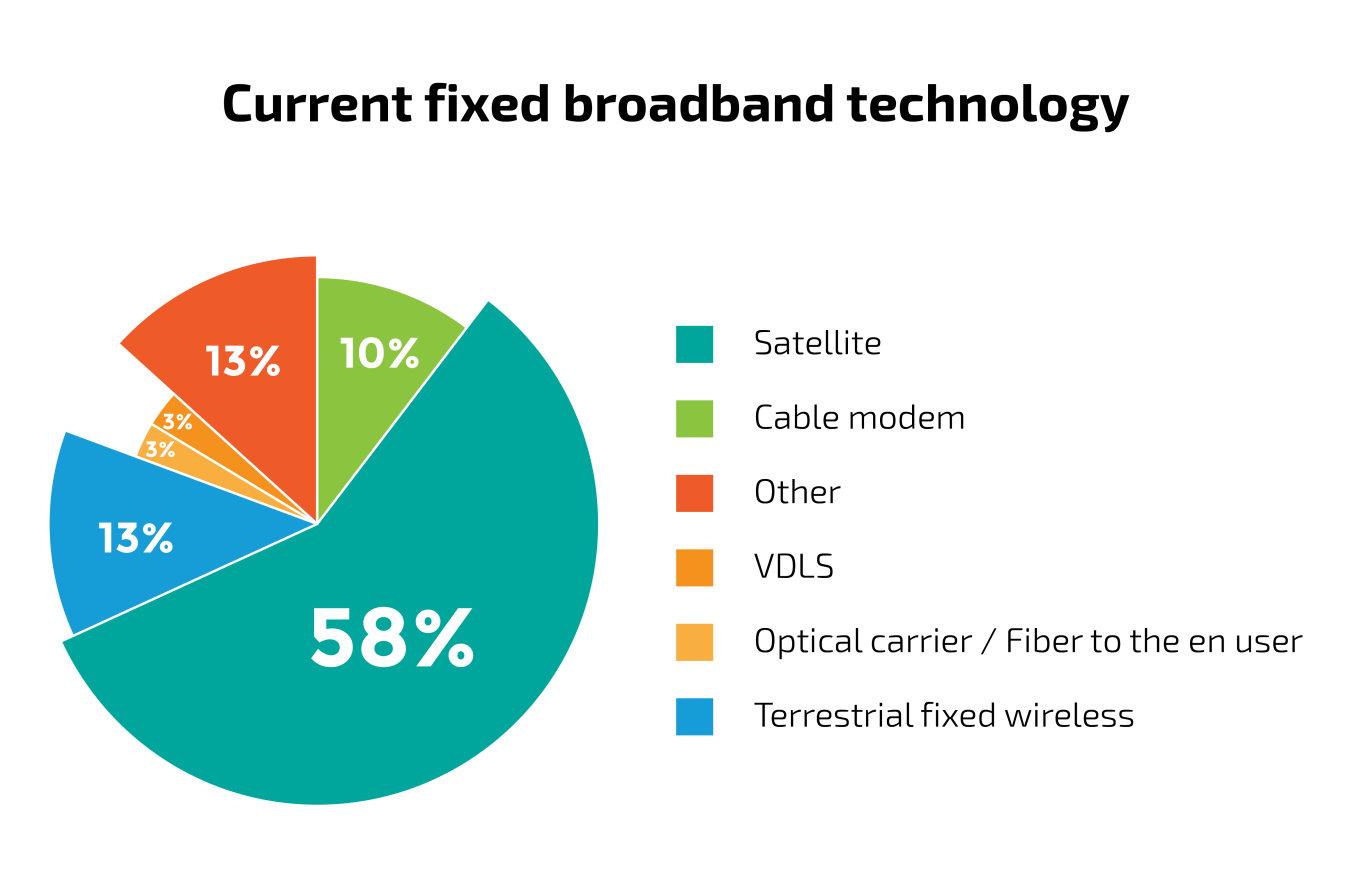
As can be seen, satellite technology is the most common source of fixed broadband.
In the process of assessing the current state of communications technology in the US, the FCC’s form 477 survey used a relaxed definition of the word broadband. For this reason, the data includes many connections which would not be considered “broadband” by modern standards.
The FCC itself has set 25 Mbps download and 3 Mbps upload as its minimum level for which a connection may be considered “advanced telecommunications capability”, as affirmed by FCC chairman Ajit Pai in January 2018.(3) Using this stricter definition of broadband, we see a very different picture.
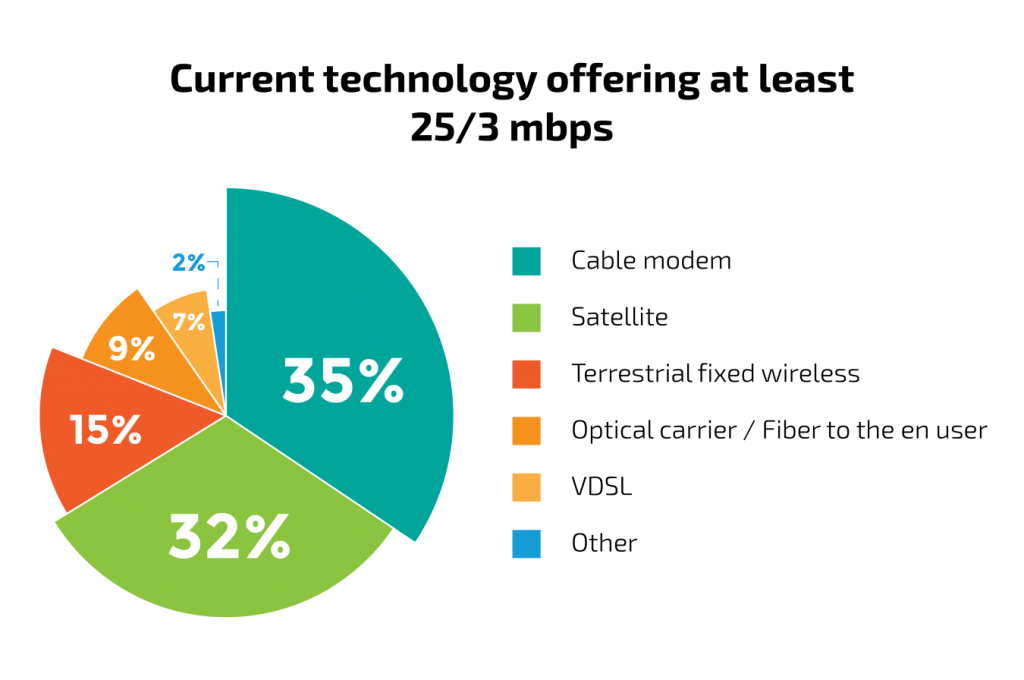
Unsurprisingly, the share of satellite is significantly lower when comparing providers of 25/3 broadband. Cable modem and Fiber each take up roughly 3 times more space in this mix.
On a state-by-state basis, the most popular broadband technology varies significantly.
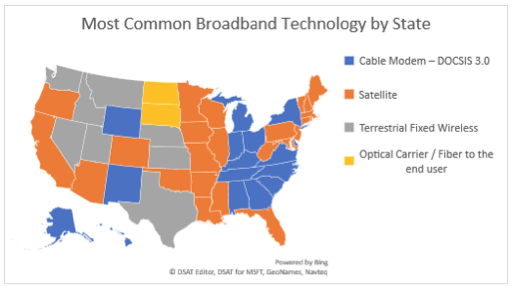
As for the speed of internet connections by state, the following figure shows the percentage of population receiving fixed 25 Mbps/3 Mbps broadband in each state.(4)
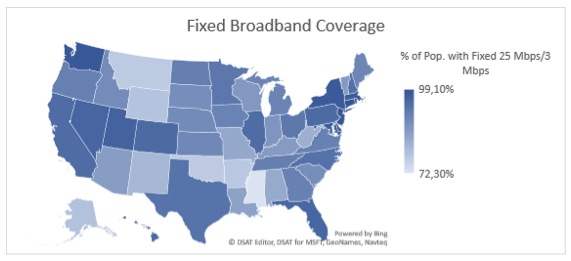
But there is a big difference between Rural and Urban America when it comes to internet access, which is part of what the Connect America Fund seeks to fix.
“In rural areas, 68.6% of Americans have access to [fixed terrestrial services at 25 Mbps/3 Mbps and mobile LTE at speeds of 5 Mbps/1 Mbps], as opposed to 97.9% of Americans in urban areas.”
– FCC 2018 Broadband Deployment Report
The Connect America Fund
The Connect America Fund aims to modernize US communications infrastructure and ensure that high speed internet is available for every American.
One of the main reasons for this broadband funding is to close the rural/urban internet divide. While internet has been getting faster in urban areas, many rural communities have been left behind and this is something that the CAF-II funding hopes to fix.
“Closing the digital divide is the FCC’s top priority”
– FCC chairman Ajit Pai(5)
To reach this goal, competitive bidding will be used in a reverse auction process to distribute support in areas of the country where model-based support has been declined by incumbent price-cap carriers. Reserves have been set for all the areas included in the program, and these reserves are reflective of the maximum funding which will be allocated to each area. The graphic below shows how the funding is likely to be split across the states according to the reserve prices.
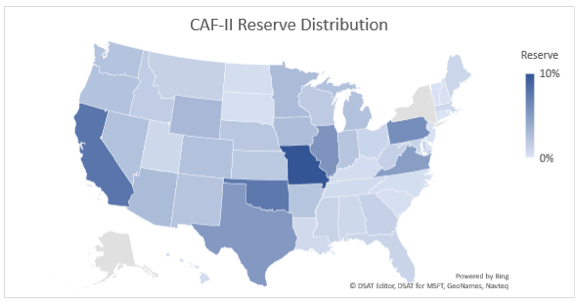
How does the auction work?
The bidding will take place in a reverse auction, meaning that the bids start high and continue lower until there is no competition. The bidding will consist of numerous rounds each characterized by a “clock percentage” which represents the minimum bid for the round as a percentage of the reserve price.
While one might expect CAF-II funding to go towards fiber rollouts, the process is open to a range of technologies including fixed wireless, a technology which is also capable of providing the minimum performance and latency requirement to participate in the auction.
To ensure that the FCC gets value for money, adjustment factors are applied to bids in the auction according to the performance tier and latency of service offered. In this way, funds will be allocated in a manner which allows fair competition between competing broadband technologies. The adjustment factors or “Weights” are as follows:

Table 1: Weights for performance tiers and latencies
These weights reflect how much funding will be deducted from a winning bid to account for limitations in the service offered. For example, if a participant wins the auction with a bid of 100% of the reserve price, but they are offering a high-latency and minimum performance tier service, they will only receive support equal to 10% of the reserve price.
Note that the bidding will often commence with a clock percentage above 100 to account for the weights applied according to Table 1. More rounds will open with lower clock percentages until only one bidder remains (assuming the reserve price has been met).
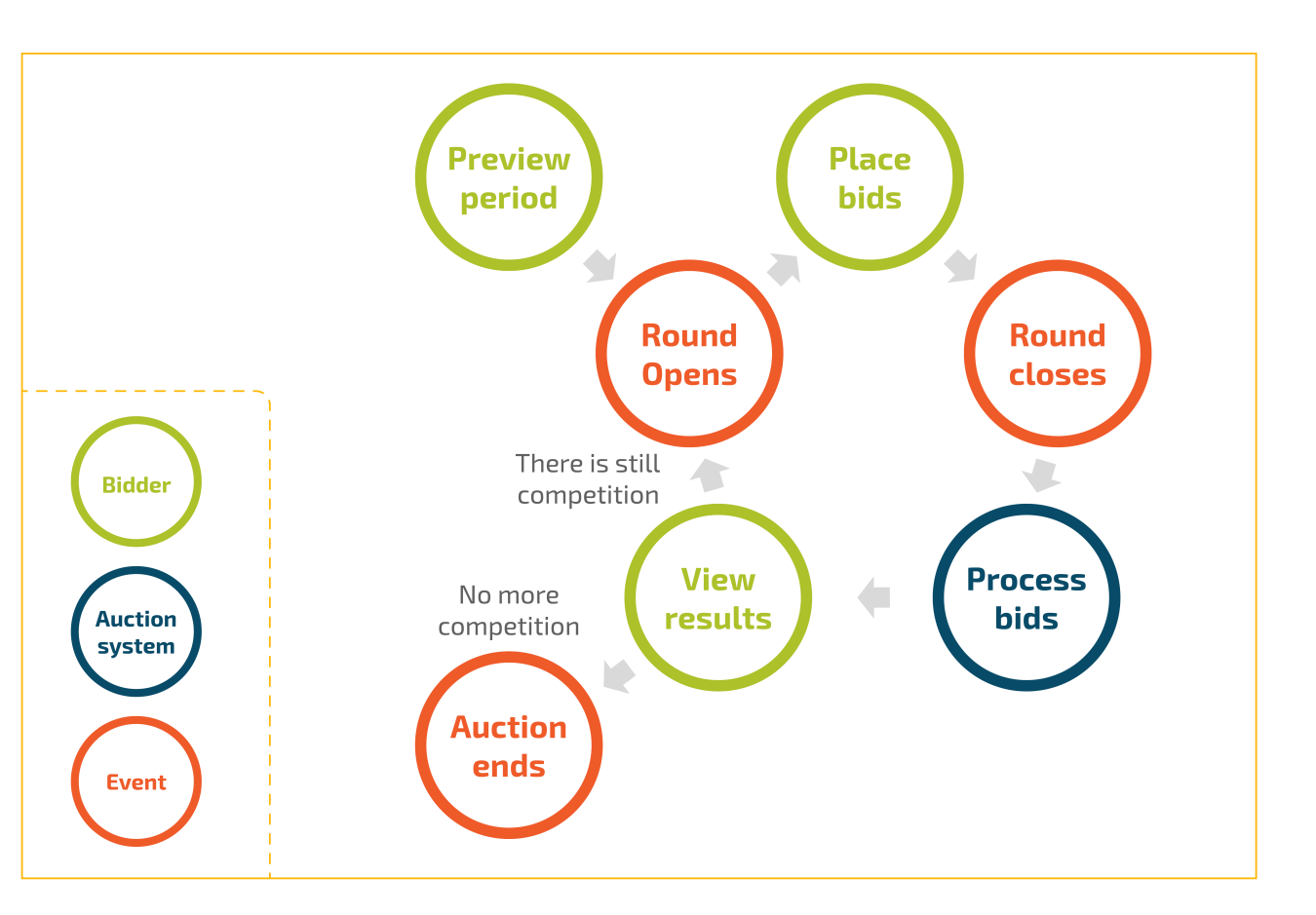
The auction uses the second-price rule, which means that the lowest bidder wins the auction, but they will receive support equal to the second-lowest bid.(6)
What does this mean for the Broadband market?
The CAF-II auction is one of the best opportunities for carriers to get federal funding either to upgrade their networks or expand with broadband into new markets. The Connect America Fund is set to kick off a period of rapid growth and opportunity in the broadband sector, with many new market entrants vying for a piece of the action.
For Utilities eyeing up the telecom sector, this auction marks the perfect time to make the jump, as the easy access to funding significantly lowers the barrier to entry for new players, regardless of where they sit in the value chain. Even companies which don’t receive CAF funding for broadband rollouts can take advantage of this opportunity to setup partnerships with network operators and provide broadband services to end users.
If you are ready to become a communication services provider, keep a close eye on the CAF-II auction as it sets the playing field for the future of US broadband.
(1) http://www.speedtest.net/global-index
(2) The following three figures related to broadband technology are based on the FCC’s December 2016 form 477 data found here. The prevalence of each broadband technology is calculated based on the number of census block groups covered.
(3) https://apps.fcc.gov/edocs_public/attachmatch/DOC-348770A2.pdf
(4) Calculated based on the FCC’s 2018 Broadband Deployment Report Appendix F1
(5) http://www.telecompetitor.com/pai-urges-cableco-caf-auction-bids-will-they-materialize/
(6) Note that there are adjustments made for the performance tier and latency of broadband services offered by each participant. In the case where only one participant bids below the reserve price, this price will be considered the “second-price” and will reflect the implied level of support to be awarded
